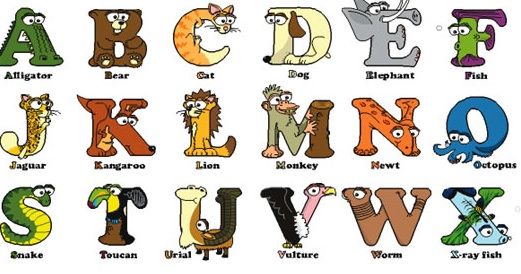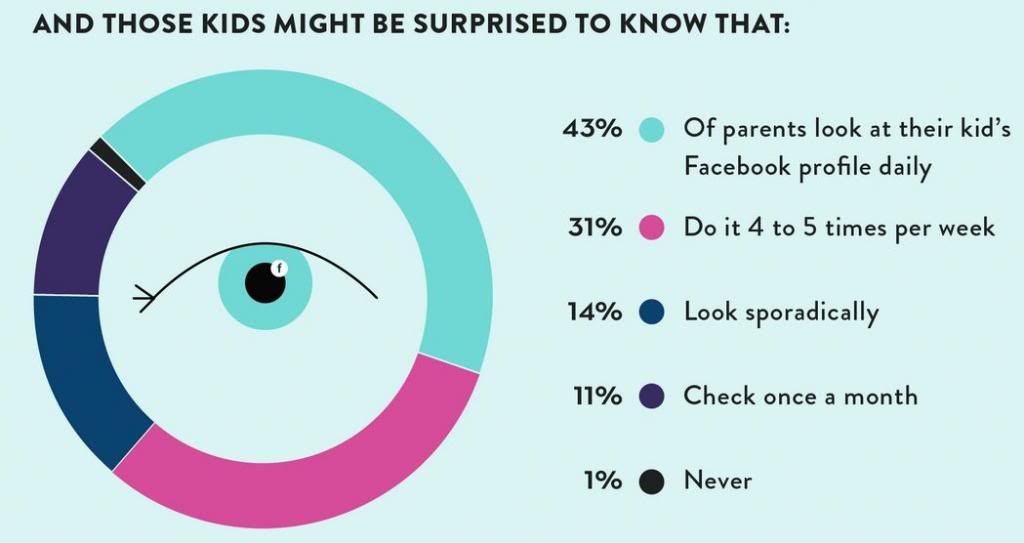June 11, 2014
I feel that technology is an important part of education now. Back when I was in elementary school, classrooms did not have computers in them, we had to go to the computer lab. The most technology I remember being in class was the overhead projector and even that was not used too often. I remember when I was in 6th grade I thought it was so cool that my teacher greeted everyone in the class by having his computer speak to us. He was the first teacher in my building to have that type of technology in the classroom and he did a great job incorporating the use of the computer into his lessons. I remember playing a lot of group “Jeopardy” like games at the end of units and there were times where he would just let us have fun on it at the end of the week.
 “Through the intelligent use of technology, combined with new approaches to education, a more personalized style of learning can be realized.” (http://www.edutopia.org/technology-integration) Working with students on the Autism Spectrum I am constantly looking for new and different ways of getting them engaged in their school work. Without the use of technology some of my students would not have a voice. Without the use of all the great educational apps I have downloaded on my classroom iPad some of my students would not have gained an understanding of certain skills quite as easily; a lot of them really relate to technology and it helps them learn in a more productive way.
“Through the intelligent use of technology, combined with new approaches to education, a more personalized style of learning can be realized.” (http://www.edutopia.org/technology-integration) Working with students on the Autism Spectrum I am constantly looking for new and different ways of getting them engaged in their school work. Without the use of technology some of my students would not have a voice. Without the use of all the great educational apps I have downloaded on my classroom iPad some of my students would not have gained an understanding of certain skills quite as easily; a lot of them really relate to technology and it helps them learn in a more productive way.  Throughout this course I have learned many different ways that technology can be integrated into the classroom. I hope to be able to bring some of these tools into my classroom in the future. The classroom setting I am in now it may be tough to do so though if I have a higher functioning student with Autism I may be able to use such tools as the webquest, Tagxedo and possibly even using Animoto to make simple videos about topics of interest to them. I feel that some of my students would really enjoy these activities.
Throughout this course I have learned many different ways that technology can be integrated into the classroom. I hope to be able to bring some of these tools into my classroom in the future. The classroom setting I am in now it may be tough to do so though if I have a higher functioning student with Autism I may be able to use such tools as the webquest, Tagxedo and possibly even using Animoto to make simple videos about topics of interest to them. I feel that some of my students would really enjoy these activities.  As long as the technology is used responsibly I feel that it is a great thing to have integrated into students learning. Through watching the videos “Growing up Online” and “Digital Nation” I learned just how important it is teach children, starting at young age how to be a good digital citizen. I feel that the internet can be a scary place if it is not used responsibly. I learned that though it is a parents responsibility to teach their children about being a good digital citizen it is also important for their teachers to be teaching them the same practices.
As long as the technology is used responsibly I feel that it is a great thing to have integrated into students learning. Through watching the videos “Growing up Online” and “Digital Nation” I learned just how important it is teach children, starting at young age how to be a good digital citizen. I feel that the internet can be a scary place if it is not used responsibly. I learned that though it is a parents responsibility to teach their children about being a good digital citizen it is also important for their teachers to be teaching them the same practices. Resource:
"Technology Integration in Education "Edutopia". N.p. n.d. Web. 11 June 2014. http://www.edutopia.org/technology-integration















